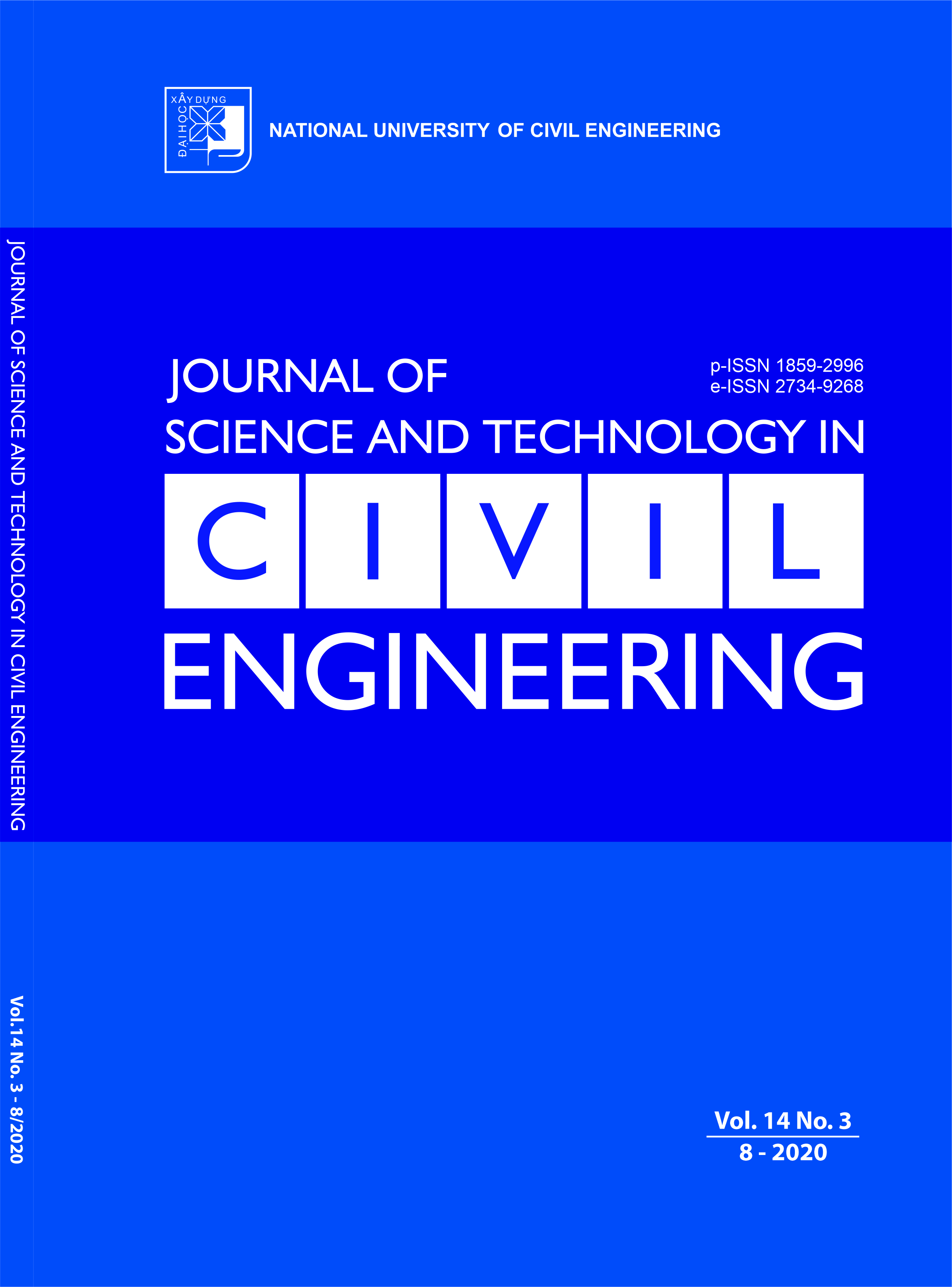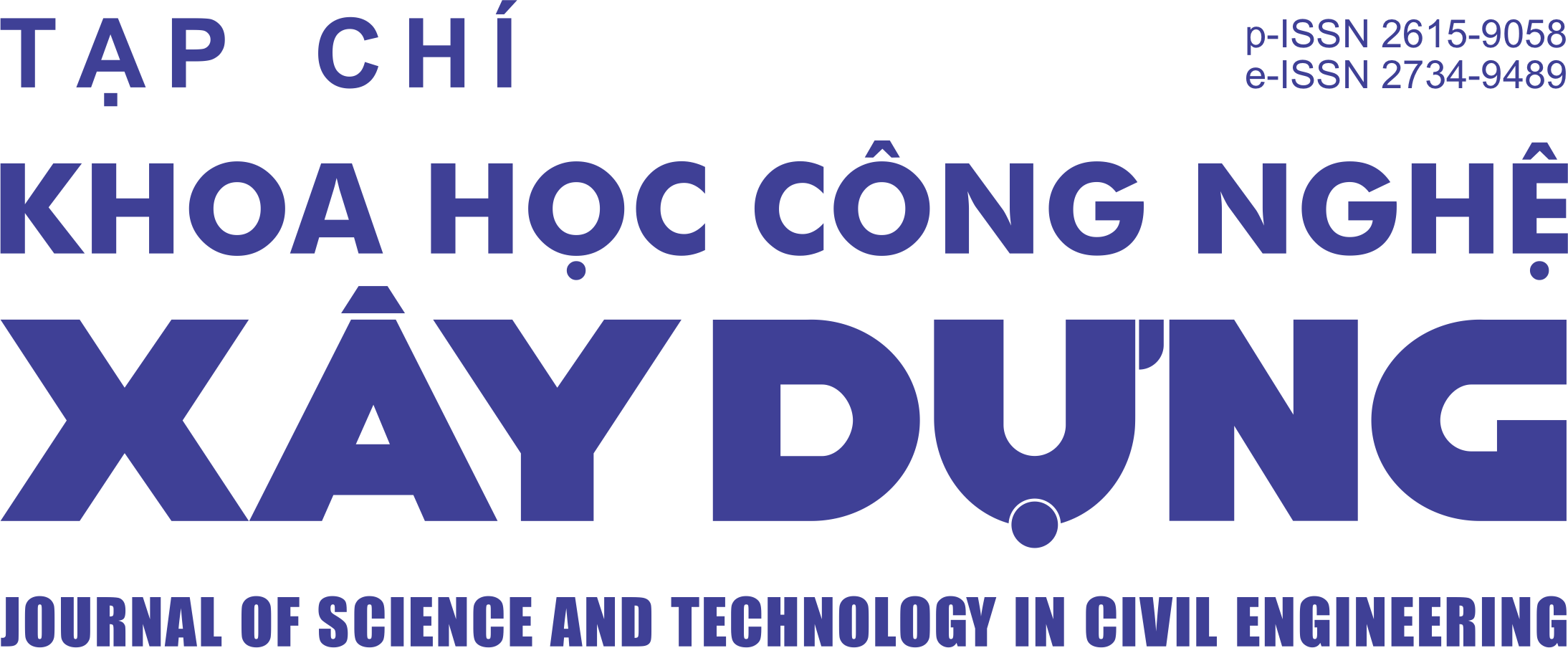Two-scale design of porosity-like materials using adaptive geometric components
Abstract
This paper is an extension of our recent work that presents a two-scale design method of porosity-like materials using adaptive geometric components. The adaptive geometric components consist of two classes of geometric components: one describes the overall structure at the macrostructure and the other describes the structure of the material at the microstructures. A smooth Heaviside-like elemental-density function is obtained by projecting these two classes on a finite element mesh, namely fixed to reduce meshing computation. The method allows simultaneous optimization of both the overall shape of the macrostructure and the material structure at the micro-level without additional techniques (i.e., material homogenization), connection constraints, and local volume constraints, as often seen in most existing methods. Some benchmark structural design problems are investigated and a selected design is post-processed for 3D printing to validate the effectiveness of the proposed method.
Keywords:
topology optimization; concurrent optimization; porosity structures; two-scale topology optimization; adaptive geometric components.
Downloads
Copyright (c) 2020 National University of Civil Engineering

This work is licensed under a Creative Commons Attribution-NonCommercial-NoDerivatives 4.0 International License.
1. The Author assigns all copyright in and to the article (the Work) to the Journal of Science and Technology in Civil Engineering (JSTCE) – Hanoi University of Civil Engineering (HUCE), including the right to publish, republish, transmit, sell and distribute the Work in whole or in part in electronic and print editions of the Journal, in all media of expression now known or later developed.
2. By this assignment of copyright to the JSTCE, reproduction, posting, transmission, distribution or other use of the Work in whole or in part in any medium by the Author requires a full citation to the Journal, suitable in form and content as follows: title of article, authors’ names, journal title, volume, issue, year, copyright owner as specified in the Journal, DOI number. Links to the final article published on the website of the Journal are encouraged.
3. The Author and the company/employer agree that any and all copies of the final published version of the Work or any part thereof distributed or posted by them in print or electronic format as permitted herein will include the notice of copyright as stipulated in the Journal and a full citation to the Journal as published on the website.







